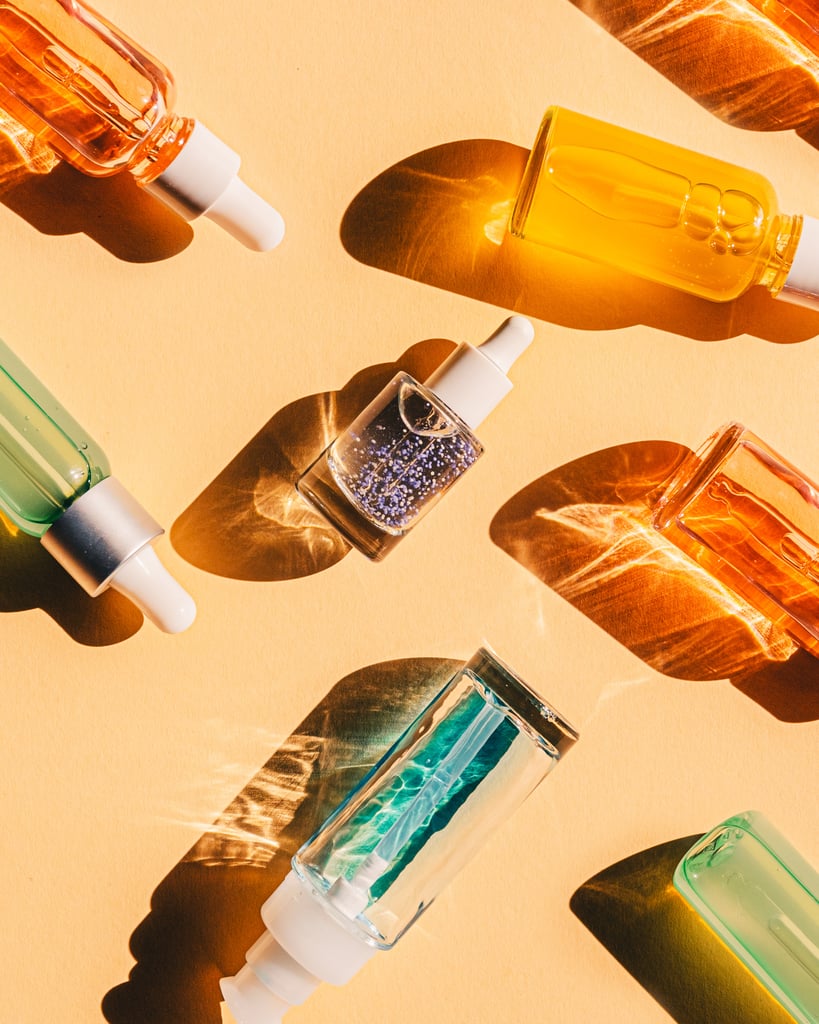If you've been hearing the buzz about hyaluronic acid, but you're still not sure what it really does then keep reading. Over the last few years there's been a huge increase in hyaluronic acid-based skin care [1], and we're sure you've got at least one product on your skin care shelf packed full of this moisture-boosting ingredient. Because hyaluronic acid is so versatile it can be found across face creams, serums, cleansers [2], body creams and even shampoos so we're sure you've seen the word constantly popping up on the labels of the beauty aisles in your local Boots [3]. But what does hyaluronic acid actually do to help your skin, and does it live up to the hype?
We reached out to two skincare experts Tracy Tamaris [4], iiaa co-founder and Director of Education, UK and Ireland distributors for Environ skin care and Mohini Patel, Dermatica [5] Lead Physical Product Manager, to find out everything you need to know about hyaluronic acid and how it can work for you.
What is Hyaluronic Acid, Exactly?
Hyaluronic acid is a clear, gooey substance known as glycosaminoglycans, a naturally occurring sugar, which can be found in all our joints, tissue, and fluids. Our skin contains over 50 per cent overall [6], but as we get older our levels start to diminish, which is why it may be useful to add hyaluronic acid topically, through supplements and via in-salon treatments.
"As a skincare ingredient, hyaluronic acid is known for its ability to attract and retain moisture," Patel tells POPSUGAR UK. "It's well-tolerated, gentle, and non-irritating, making it suitable for all skin types, including sensitive skin. When applied topically, it helps to hydrate the skin, reduce the appearance of fine lines and wrinkles, and improve skin texture and elasticity."
It's beneficial for overall skin health because of its ability to repair wounds and restore skin's structure, keeping it looking plump and feeling hydrated.
Lauren Ezekiel [7] is an associate editor at POPSUGAR UK, where she writes about all things beauty and wellness. With a degree in journalism and 12 years' experience as a beauty editor at a leading Sunday supplement, she is obsessed with skincare, hair and makeup, and is often found offering advice to innocent bystanders. Her work has been published in Grazia, OK, Health and Beauty, The Sun, ASDA, Dare and Metro.
Who Should Use Hyaluronic Acid?
According to Patel, all skin types can benefit from incorporating hyaluronic acid into their routines, but those with dry skin will especially see a difference because of how good of a humectant it is.
"You should look to incorporate hyaluronic acid into your skincare routine after cleansing the skin and before heavier moisturizers or treatments," suggests Patel. "It's recommended to apply products from thinnest to thickest consistency. Additionally, if your routine includes exfoliation or other serums with active ingredients, those should be applied before hyaluronic acid."
Because of its hydrating powers it can be used both in the morning and at night. In the morning, it helps to hydrate and prepare the skin for the day ahead. At night, it contributes to skin repair and hydration while you sleep. It's essential to follow up with sunscreen in the morning to protect your skin from UV damage.
What Ingredients Can Be Combined With Hyaluronic Acid?
There aren't any ingredients you need to avoid when using hyaluronic acid, and you may even benefit from using multiple hydrating products at the same time, known as "skin flooding" [8] which has shown to have very positive results.
Tamaris recommends using vitamin A as well. "This naturally increases our hyaluronic acid production - so it's ideal to use it together." It may also be worth considering introducing a micro-needling treatment, if you're really looking to increase the results. "Because hyaluronic acid is a large molecule, it is not easily absorbed into the skin. The best way to get high concentrations where it is needed is to use it together with a micro-needling tool," suggests Tamaris.
A top tip to increase the benefits of your hyaluronic acid product is to apply to a slightly damp face. After cleansing, rather than dry your skin fully, apply your product immediately or lightly spray with a facial mist before application. This can help lock in the moisture and increase its hydrating powers.
What Are the Alternative Ways to Use Hyaluronic Acid?
"Hyaluronic acid is naturally a large molecule, which is not easily absorbed into the skin," explained Tamaris, so it can be useful to consider a salon treatment to reap the benefits. "The best way to get high concentrations, where it is needed is to use it together with a microneedling tool." She also suggests using it in salon treatments together with enhanced penetration techniques such as low frequency ultrasound and pulsed iontophoresis for maximum results.
Another option is to apply hyaluronic acid through a range of injectables. Different skin types have different benefits when it comes to using hyaluronic acid in this way. To improve the structure of the skin or give a 'plumped' look, you can find hyaluronic acid in a range of fillers [9], such as Juvaderm, Belotero Balance, and Restylane Lyft. For added hydration, look to mesotherapy or skin boosters like Profhilo, which inject the molecule deep into the epidermis.
Overall, hyaluronic acid is a great all rounder for promoting good skin health, adding moisture and giving skin a more plumped appearance.
